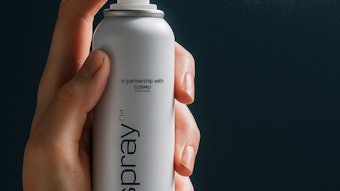In addition, various applications have very different technical constraints. Whereas an eau de toilette is applied directly onto the skin, other fragrances are deposited onto a substrate after physical partitioning (e.g., in laundry detergents during the rinsing and drying phases). Thus, tools that take into account these constraints and help the perfumer create successful fragrances are in high demand.
It makes sense to measure relevant information concerning perfumery ingredients. Physical parameters, Odor Detection Thresholds (ODTs) and supraliminal intensity measurements contribute significantly to this knowledge, as they characterize important aspects of the perfumery ingredients. It would take perfumery a step forward if these measurements were organized in order to facilitate their access to perfumers.
Physicochemical data (e.g., volatility and partition coefficients) of perfumery ingredients still remains scarce. Herein we describe the recording of psychophysical data for a large set of ingredients and the organization of these data into a database. This database can be used to construct multidimensional visualizations of the perceptual and physical properties of fragrance raw materials. The perfumer can then use this information to decide on the choice of ingredients that may offer enhanced performance in a given application. To illustrate the process, we, the authors, show here a simplified eau de cologne-type fragrance case study.










